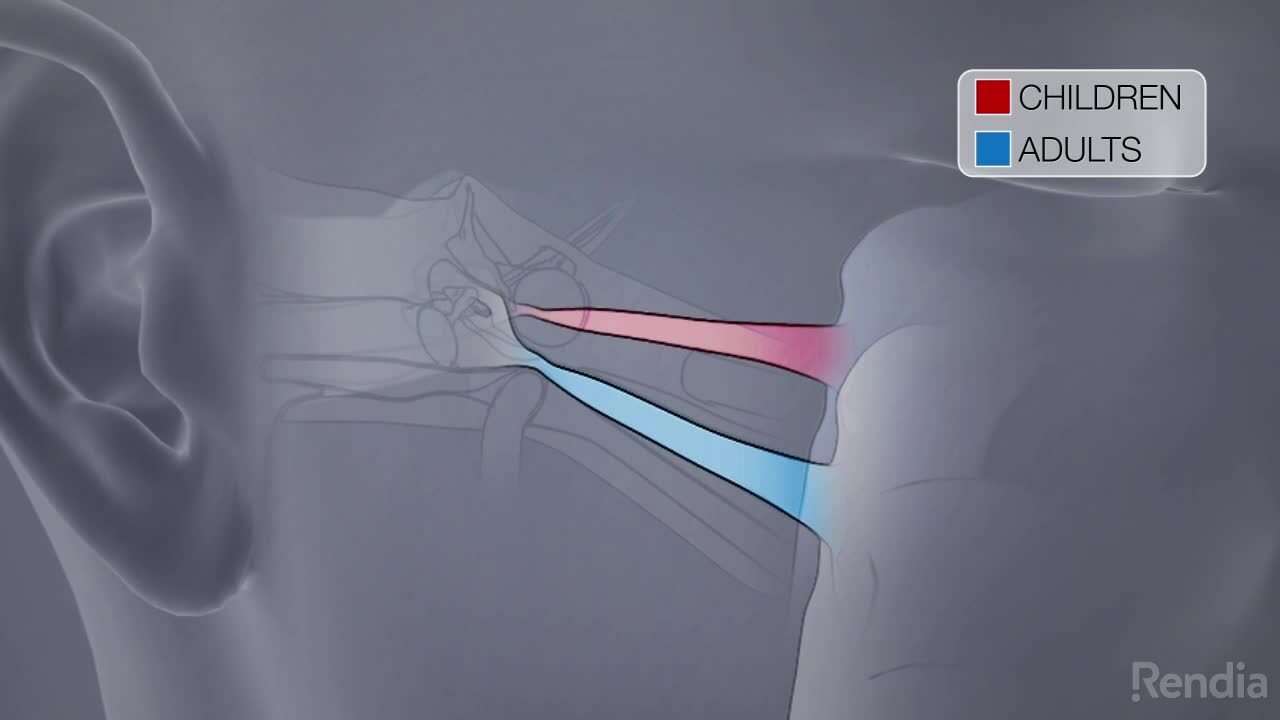Eye care and ENT specialists who treat children are needed now more than ever
The COVID-19 pandemic took a toll on many populations, and children were no exception. Distance learning and lockdowns led to excessive screen time for many young people, which can cause issues ranging from developmental delays to myopia. Many parents also skipped their children’s annual eye exams. With school starting back up again, many parents will be looking for ways to ensure that their children stay healthy and don’t fall further behind.
If your eye care or ENT practice serves pediatric patients, now’s the time to get the word out about your offerings.
Here are some factors to consider in your patient education and practice marketing strategies.
The growth of vision and hearing problems in children
An estimated one in five children has a vision problem, according to the American Optometric Association. Not only can vision disorders interfere with children’s development, school performance, social interactions and self-esteem, but childhood vision problems can cause issues well into adulthood, affecting a person’s level of education, employment opportunities and social wellbeing. Despite the importance of annual exams, half of parents reported skipping annual eye exams for their children, according to VSP.
Most parents don’t realize that school screenings are not sufficient to properly diagnose and treat these conditions, since these miss about 60 percent of children. In your patient outreach and education, emphasize the need for a comprehensive eye exam and/or hearing test and examination and the frequency you recommend.

An estimated 1 in 5 children has a vision problem, myopia is increasing in young people, and yet school screenings miss about 60% of children.
And these statistics were from before the pandemic. It is likely that more parents delayed or cancelled their children’s eye exams due to COVID-19 lockdowns, while children have spent more time than ever using digital devices and potentially worsening their cases of myopia. Myopia in young people is growing at an alarming rate. Some projections indicate that myopia and high myopia will affect over 50 percent of the world’s population by 2050. While mild myopia can generally be treated with glasses or contact lenses, concerns of high myopia include myopic macular degeneration (MMD), choroidal neovascularization, retinoschisis, paravascular inner retinal cleavage, lamellar holes, tractional detachment, macular holes and retinal detachments as well as glaucoma and cataracts.
In addition, one in five teens has some form of hearing loss today, about a 30 percent higher rate than in the 1980s and 1990s, reports the American Osteopathic Association. Many experts believe this is due in part to the increased use of headphones. “Listening through headphones at a high volume for extended periods of time can result in lifelong hearing loss for children and teens,” according to James E. Foy, D.O. “Even a mild hearing loss due to excessive noise could lead to developmental delays in speech and language.” For more on this topic, download our whitepaper, Mastering Pediatric Appointments: A Guide for ENT Doctors.
Pediatric providers: serving two audiences
Working with pediatric patients often means you have two audiences to educate: children and their parents or caregivers. This can present some unique challenges. In some ways, however, dealing with pediatric patients is no different than treating any other patient group. When speaking to patients and their parents, doctors should make a concerted effort to explain information as clearly and simply as possible, and to take the time to listen to patients’ responses.
Avoiding medical jargon, using the teach-back technique, and showing videos is a good way to make sure you’re communicating effectively to both parents and young patients.
For example, a young pre-operative patient may not understand the word “tissue” when describing their upcoming operation. Using simple, plain language rather than medical jargon can help reduce confusion. Methods such as the teach-back technique can be effective ways to “test” patients’ understanding of what you’ve told them. Taking a minute to explain to kids and their caregivers what to expect on the day of the procedure is also worthwhile. Expectations can be easily set by showing this video, which outlines surgery day to adequately prepare their child.
To use another timely example, providers treating pediatric patients have long encountered vaccine-hesitant parents, since there are so many childhood immunizations. Any doctor dealing with patients concerned about the COVID-19 vaccine can take a lesson from pediatricians: be proactive about bringing it up and addressing misinformation, counter myths with facts, be transparent about possible risks, and point to trusted people and sources that support vaccination.
Explain the benefits of seeing a doctor who specializes in pediatrics
Research shows that doctors are one of the most trusted sources of information. If you do have a provider who specializes in pediatrics, it’s good to explain to parents of young patients what your practice can offer to build trust that you are the right ones to treat their child. .
If a provider in your practice specializes in pediatrics, promote that fact by emphasizing your special training, tools, exams, or other other age-appropriate offerings.
Let them know that you have undergone special training to be able to provide comprehensive pediatric examinations using age-appropriate testing procedures for infants and toddlers, preschool children and school-age children and teens.
Explain that you understand anatomical differences between children and adults, and use tools precisely designed for young patients. If your waiting room and exam rooms are particularly child-friendly, promote that as well. And since many parents have concerns about their child’s fears or inability to communicate their needs, reassure them that you and your staff are skilled at reading children’s cues and nonverbal communication to make them feel relaxed and understood.

Everyone wants what is best for their child, and doctors who treat pediatric patients are in a unique position to provide it.
Mark your calendar! Join Rendia and Dr. Paul Karpecki in discussing new approaches to #Myopia Management on October 19th at 12:00 PM EDT! Register here!

